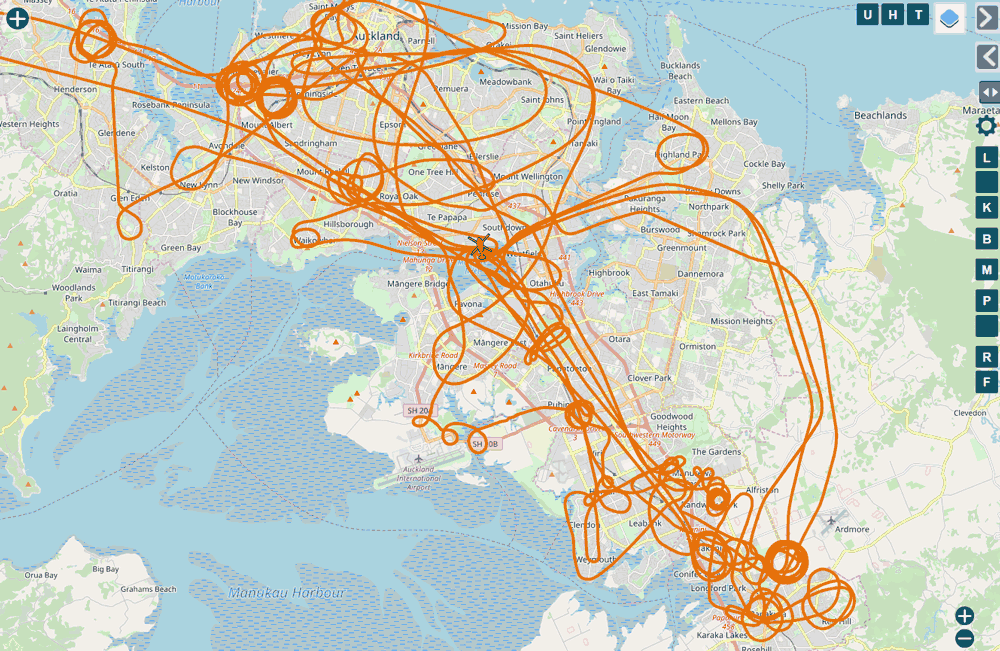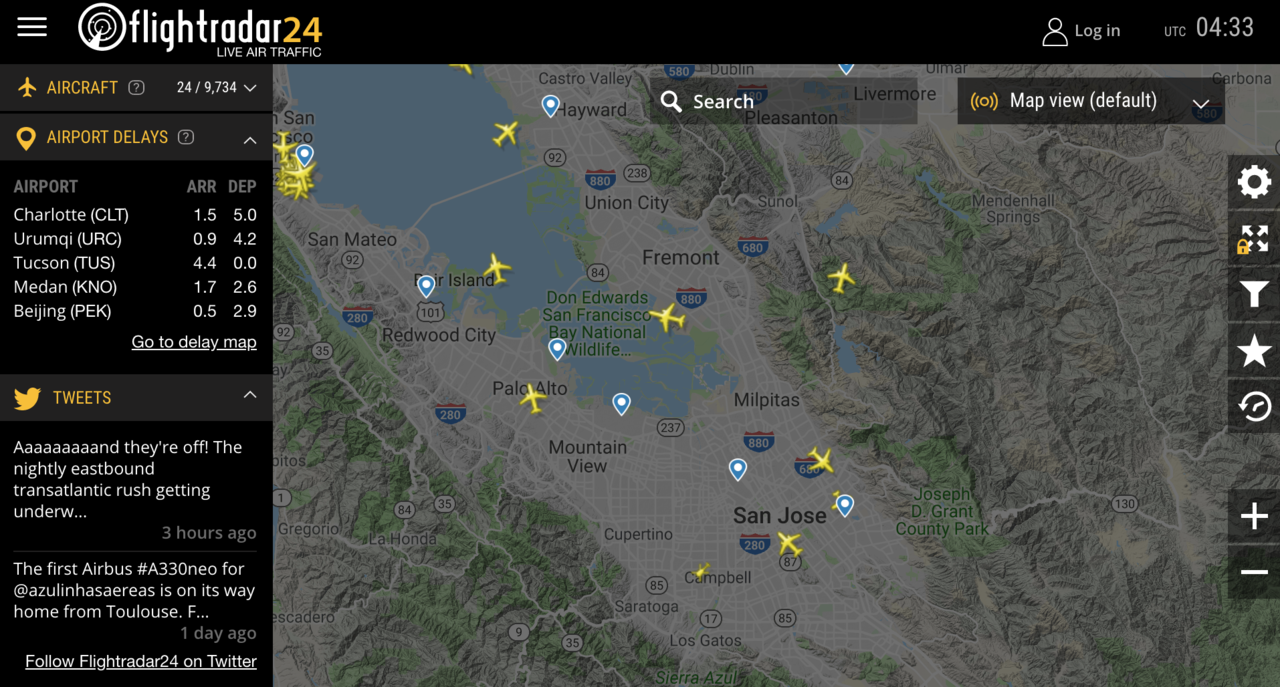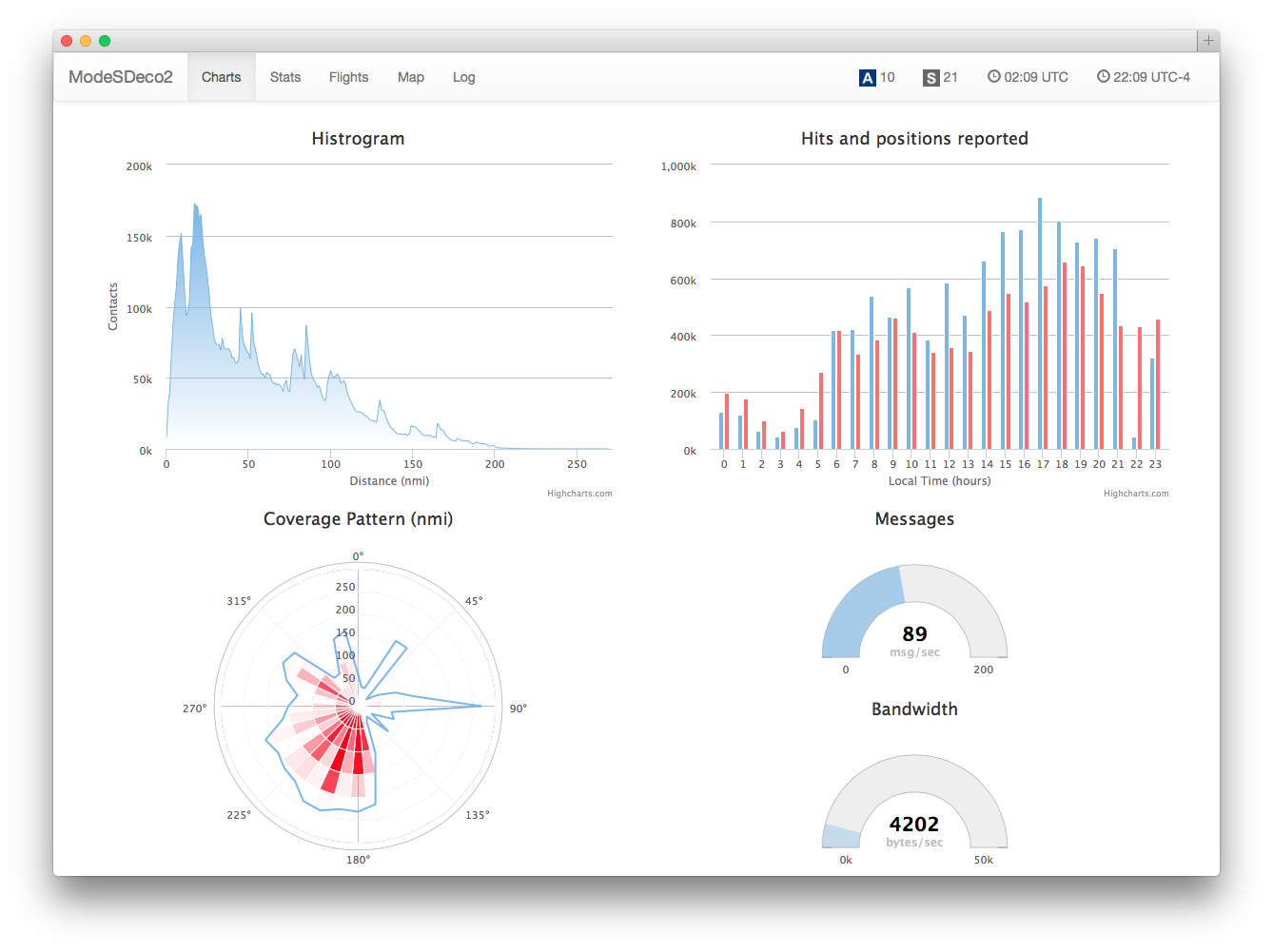

- Planeplotter delay start after dump1090 install#
- Planeplotter delay start after dump1090 drivers#
- Planeplotter delay start after dump1090 driver#
- Planeplotter delay start after dump1090 download#
– “/portbase=31020” sets a fixed port for TCP and UDP other than the default one (see chapter 4) Log files slow down the system considerably and packets may get lost during thiskind of operation Please also note that list display and/or Note: Logs are stored in the app folder when list refreshes. – “/log” creates a logfile from the list display – “/avr” outputs data at TCP port in AVR format instead of Beast binary format (supersedes “/ascii”) – “/min” minimizes the app to systray after start – “/run” automatically starts the app after a few seconds The order of parameters is of no relevance. The select parameter should be added to a Windows commandline or a Windows short cut icon caller entry, e.g. RTL1090 offers a choice of parameters to operate the app from a batch file.

You can delete the app folder and deinstallation is complete. RTL1090 does not use the registry and any other folder outside its native app folder. It is highly recommended to use different folder for multiple instances.Īll port assignments may be overwritten – see section 4 If you start multiple instances from the same folder the same settings willīe used and the last settings of any instance will be stored in the same settingsįile. Receiver port is shown in the startup list. device 0 is port 31002 device 1 is port 31021, etc. UDP receiver ports: for a specific instance the port number is 31002 + n x 10.

device 0 is port 31001 device 1 is port 31011, etc. TCP server ports: for a specific instance the port number is 31001 + n x 10. I do not know in which order dongles are enumerated, so I believe the device ID is in The dongle should be found and connected automatically. Just plug-in the dongle and start another instance of the RTL1090 app.
Planeplotter delay start after dump1090 driver#
Usually there is no need to re-install the ZADIG driver for each dongle/USB slot, Several dongles can be operated in parallel by multiple instances of RTL1090. Off TUNER AGC and select a high (if not the highest) gain value. If you encounter doughnut problems from nearby targets, then switch Planeplotter this needs to be acknowledged.įor a quick start select RTL AGC and TUNER AGC. The application opens a TCP server on port 31001 (for the first dongle) and this will be The following files should be in your folder now:
Planeplotter delay start after dump1090 download#
– Download and unzip the RTL1090 application files to a directory of yourĪnd unzip and copy rtl-sdr-release/x32/ rtlsdr.dll, msvcr100.dll and libusb-1.0.dll If you use another slot later you MAY need to repeat the installation later. The installation MAY only be valid for one specific USB slot. (A more comprehensive list of installation instructions is here:

Planeplotter delay start after dump1090 install#
– Install the WinUSB driver and the driver for “Bulk-In Interface (Interface 0)” – Plug-in your USB-TV-Stick, ignore and abort driver installation messages.ĭO NOT INSTALL ANY DRIVER THAT MAY HAVE COME WITH THE DONGLE (on CD etc.) – Download the “Zadig” installation package from
Planeplotter delay start after dump1090 drivers#
If you have successfully used SDR apps as SDR# or similar with your dongle before, you may not need an installation of the dongle drivers (ZADIG), but can use it right away You can explore the edges of your devices frequency coverage by using the MAX/MIN button after the *ATTENTION: not all these devices cover 1090 MHz. – Multilateration capability with Planeplotter-Į4000* or R820T and RTL2832U USB DVB-T Dongle RTL1090 has a strict format requirement that avoids high traffic loads and pipeline overload from too many garbage packets. Mode-A/C and Mode-S cannot be output at the same time, however multiple apps/dongles can be chained. RTL1090 is a non tunable 1090 MHz receiver app for Mode-A/C or Mode-S


 0 kommentar(er)
0 kommentar(er)
